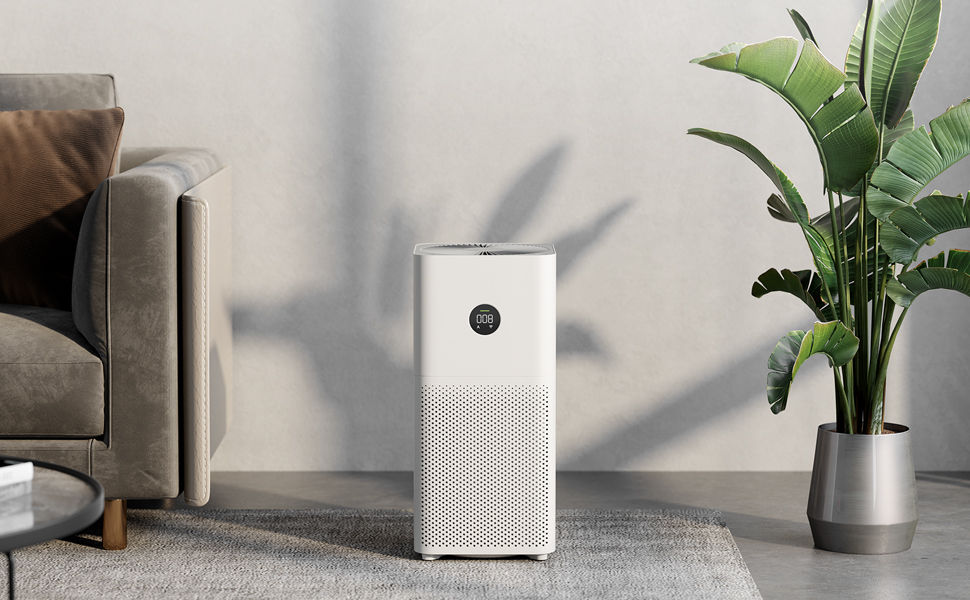Air purifiers to invest in for a healthier home


The benefits of having an air purifier at home: clean air to breathe that’s been purified, improved respiratory health for allergies and those who fall sick easily, and peace of mind knowing that toxins are successfully eliminated from the air all around you.
There’s been a surge of interest in air purifiers since COVID-19, and while air purifiers are a great investment for comfort and health, it should never be believed that they can kill bacteria linked to the virus. However, air purifiers serve a great purpose in your home, as clean air is detrimental to all our health. If you find yourself easily susceptible to colds and the flu, regularly sneezing, or are concerned with the quality of air within your home, a purchase will surely remedy the issue at hand.
The good news is that Malaysia’s air pollutant index (API) saw a 26% drop during the third and fourth phase of the MCO last year, thanks to lesser cars on the road and factories on halt. Indoors and away from traffic, however, pollutants come from unexpected sources. You may not intentionally be letting polluted air from the outside in to your home, especially when you keep your windows closed. But, that’s not the only source of toxins in the air. Not to alarm, but unassuming household items like cleaning products, gas stoves, air conditioning, and even pets contribute to indoor air pollutants.
So if you want to do all you can to ensure your home is the healthiest place to be, here are five top-of-the-line air purifiers to choose from.

Coway‘s latest air purifier built by the company’s own research and development team is the Lombok III. The device has Resistive Barrier Discharge (RBD) Plasma and advanced 6-step filtration system designed to effectively eliminate harmful gases, allergens and pollutants from the air. If you’re curious about the state of air indoors, the air purifier’s design showcases real-time updates on the level of micro-fine dust particles. Apart from the air filtration, Lombok III also eliminates activated oxygen and static electricity from the air, with a child-lock function handy if you have little ones around.

The new Dyson air purifier targets formaldehyde, a colourless gas pollutant that is released by furniture and wooden products like plywood and fibreboard, as well as from paint, wallpapers and varnishes. As these pollutants are 500 times smaller than particles the size of 0.1 microns, formaldehyde is particularly difficult to capture. The Dyson Purifier is made with a unique algorithm to monitor formaldehyde levels, along with a filtration system that claims to remove 99.95% of particles. And finally, the machine is engineered to be as quiet as possible with compromising its purification performance.

For those with children at home, consider the Airfree Baby Air which incorporates projection of stars and moons with a choice of colours. Not only might it help lull babies and toddlers to sleep, but the air purification ensures that those around breathe in clean air throughout the night. Airfree’s machine silently draw in bacteria and other organic organisms circling around, into the ceramic core’s heated ducts to destroy.

The LG PuriCare 360º Air Purifier is ideal for open living spaces like a studio or large living room, as it sends clean air up to a distance of 7.5 meters. This filtration device sucks in air from all 360 degrees and targets microparticles, harmful gases, dust and odour — even food smells lingering about after cooking and eating. And if you are placing the air purifier in a bigger room or space, you can hook it up to the LG ThinQ app to easily turn on and manage at all times.

Also compatible with an exclusive app (Mi Home) is the Mi Air Purifier 3C by Xiaomi. The one can handle rooms with a maximum area of 106 square meters. With its 360 ° circulation, the air purifier is able to filter up to 99.97% of pathogens, bacteria, and viruses with a noise level at 61 dB maximum power. A cool feature its the display with colour indicators for air quality checks: green indicates the air is clean, orange indicates mild pollution and red indicates high levels of pollution.
(Main image credit: Xiaomi)
This story first appeared on Prestige Online – Malaysia